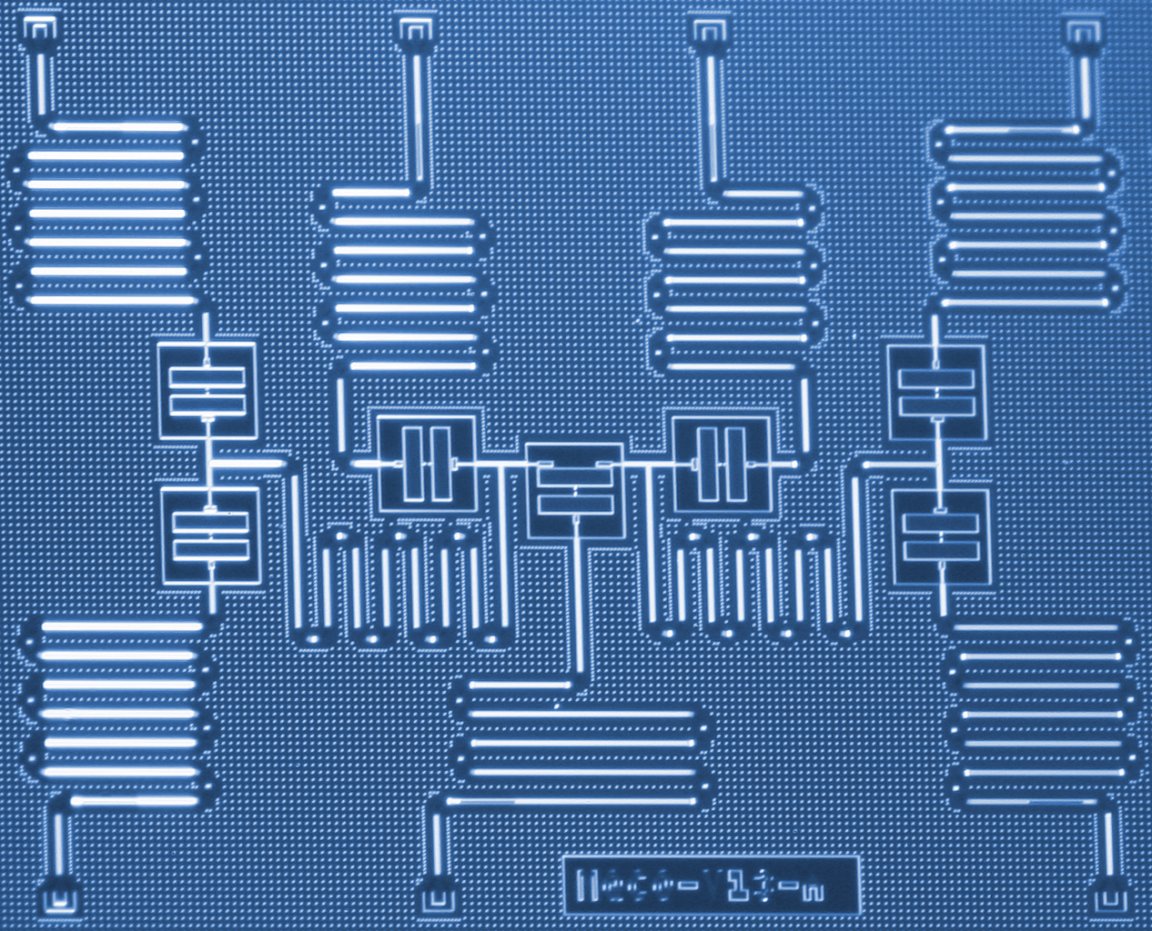
When we say an emerging technology represents a “paradigm shift,” it’s often hyperbole. In the case of quantum computers, it’s an understatement.
In traditional computing—everything from PCs to ATMs to smartphones—all data is represented in bits that exist in one of two states: 0 or 1, off or on. In quantum computing, bits can be 0, 1 or both at the same time. That might not seem significant, but it means quantum computers can perform vastly more complex computations. For example, quantum computers can debug millions of lines of software code in seconds, making reliable aircraft, cars, MRI scanners, etc. more efficient to produce.
Scientists are eager to use quantum computers to analyze microbes so they can create new vaccines, which quantum computers could then be used to optimize to reduce unwanted side effects. Some scientists believe that quantum computers are essential for achieving breakthrough preventative and treatments protocols for healthcare. According to Donald Parsons, a New York State Department of Health research physician, “Without quantum computers, new DNA sequencing data, the learning of the specific activities of the folded conformations of proteins, and the search for new drugs by docking algorithms, are being held back from full clinical application.”

Volkswagen is working on a quantum computing platform capable of alerting drivers to traffic jams, 45 minutes before they occur. Traditional computers lack the processing power necessary to quickly analyze and accurately predict phenomena with as many variables as urban traffic. Think of the implications! Governments could pinpoint exactly which roads need to be upgraded to minimize gridlock, leading to more efficient and effective use of tax revenue. Reducing the number of traffic jams would decrease air pollution, potentially alleviating asthma and reducing our contributions to climate change.
Quantum computing will also complement other emerging technologies. Take Volkswagen’s research and the Internet of things (IoT), for example. Ten thousand Beijing taxis would be the things, constantly feeding their location information into a database that quantum computers analyze to understand that city’s traffic flows. The combination of quantum computing and IoT could produce a wide variety of “smart cities” applications. IoT sensors in electric vehicles would make it possible to identify where they’re most frequently driven and charged. A smart city could use quantum computing to analyze that data to determine where to install public charging stations.
Quantum computing enables models that can more accurately predict future demand. Sticking with our smart cities example, brownouts and blackouts are complex phenomena with dozens of variables. In part, they are caused by utilities’ reliance on limited historical data and traditional computer models to allocate tax dollars to grid upgrades. What if cities could predict which neighborhoods will have households with one or two electrical vehicles (drawing 10 kW or more at night, five times the current average) years in advance? That would give utilities a much-needed head start on funding, designing and deploying the additional infrastructure.
Defining the Future
Quantum computing has the potential to change the world. Two years ago there were already 7,000 researchers in the field globally, with a collective budget of about $1.5 billion according to McKinsey analysts. Along with advances in related fields such as material science, this level of investment is why quantum computing is closer to reality than many people assume, perhaps three to five years rather than a decade or more.
The new IEEE P7130™—Standard for Quantum Computing Definitions project will help accelerate development by standardizing the language and definitions associated with fundamental quantum concepts (e.g., quantum tunneling, superposition, quantum entanglement).
If you were to shop for a quantum processor today, one vendor might advertise that its model has 2048 qubits, while another says its equivalent model has 50 qubits. “Confusions exist on what quantum computing or a quantum computer means,” says Hidetoshi Nishimori, a Tokyo Institute of Technology professor and a member of the IEEE P7130 working group. “This partly originates in the existence of a few different models of quantum computing. It is urgently necessary to define each keyword.”
A lack of common definitions for fundamental terms such as “qubit” isn’t just a comparison-shopping headache. Competing to own the lexicon wastes time and resources that would be better-spent refining and applying quantum computing technologies. A set of common definitions puts the world one big step closer to enjoying the innovations that quantum computing can enable.
By Whurley (William Hurley), chair, IEEE Quantum Computing Working Group.